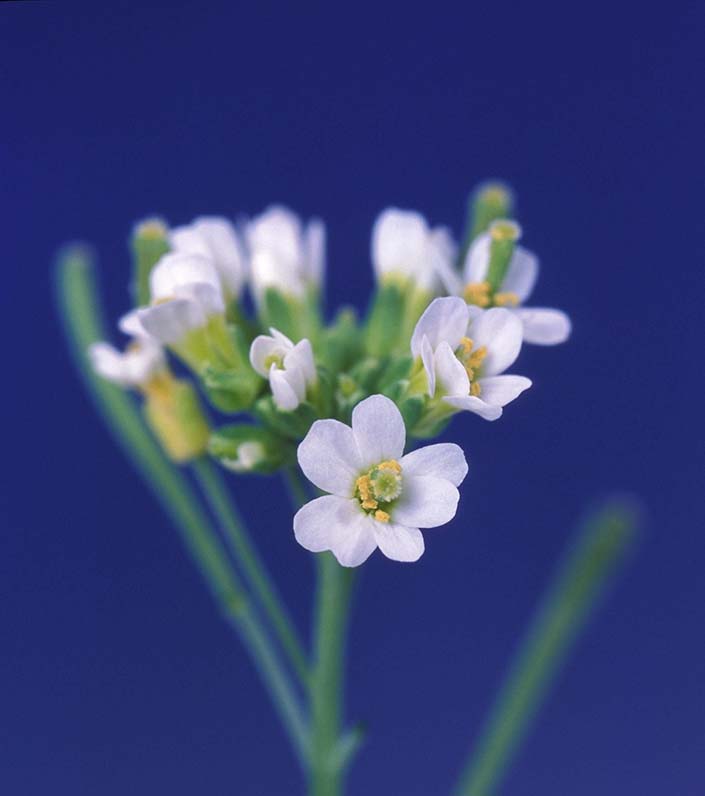Plant study sheds light on first steps of immune defense against microbes

A collaboration led by Texas A&M AgriLife researchers has identified an early immune response step that could have broad-ranging implications for crop, animal and human health.
The work could lead to positive impacts in both agriculture and medicine by uncovering new ways to improve immune responses. For example, the work creates new ideas for treating allergies and immune deficiencies.
“We discovered a fine-tuned mechanism for how the host recognizes microbial components and quickly activates the immune response,” said Libo Shan, the study’s corresponding author and director of the Institute for Plant Genomics and Biotechnology, Texas A&M AgriLife Research. “It’s a phenomenon that is conserved in plants, humans and animals” he said.
Humans constantly come across disease-causing germs, but we can fight off most of them. In fact, we are born with the ability to defend against a broad range of bacteria, viruses and fungi.
This part of our immune defense, known as innate immunity, also exists in plants and animals. It kicks in minutes after our cells perceive a microbe. A few days later, another level of defense, the adaptive immune system, also builds up. This level of defense occurs in animals and humans.
The innate immune system can be ineffective and unable to fight off diseases, or it can overreact in different ways that are detrimental to good health.
Because the building blocks of innate immunity are conserved across species, Shan and her collaborators decided to conduct their study on a small model plant, Arabidopsis, that is easy to grow and manipulate genetically.

